Home » Construction » Pros and Cons of Popular Flooring Types in Pakistan
About to refurbish and renovate the flooring in your home? Well, there are a number of flooring materials that you can use for the purpose but choosing the best one is never easy. There are a lot of pros and cons associated with different types of flooring that need to be considered before making a choice. Since we have experienced the frustration of choice first-hand, we decided to make the process easier for you by listing down the benefits and drawbacks of different types of flooring in Pakistan.
Browse through the information we’ve compiled and shared below to decide which flooring type will be the ideal fit for your home renovation or construction project.
Popular Types of Flooring in Pakistan
Firstly, in order to discuss the pros and cons of floorings, we need to determine which flooring types are the most common in Pakistan. Here’s a list of materials you can consider for this purpose:
- Hardwood
- Carpet
- Ceramic Tiles
- Marble
- Vinyl
- Laminate
These are some of the modern flooring options in Pakistan and are considered quite trendy in 2019. We’ll now discuss the benefits and drawbacks of different types of flooring in Pakistan to help you decide which material would be best for your requirements.
Hardwood
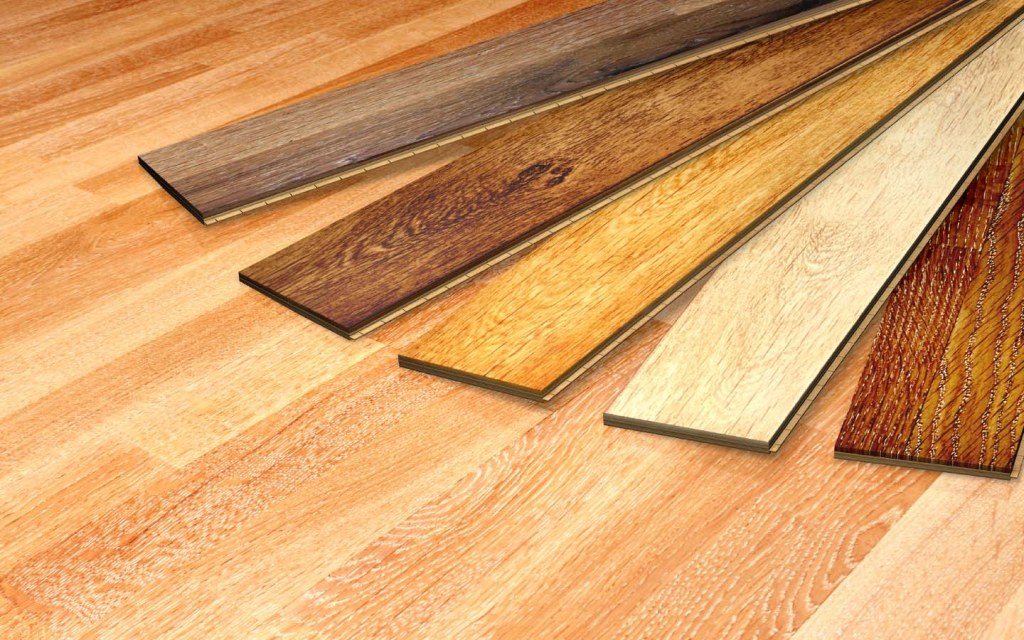
Wooden flooring options went out of style in the 1980s, but they’ve recently regained their popularity and are the best option for colder regions as wood maintains a normal temperature underfoot. Oak, teak, beech, deodar, walnut, and maple, are some hardwood flooring options you can consider. Below are some advantages and disadvantages of hardwood flooring:
Pros
- Several customisation options
- Adds value to your home
- Good insulator in colder regions
- Elegant appearance
- Durable
- Easy to maintain
Cons
- Prone to water damage
- Susceptible to scratches
- Costly flooring option
Carpet
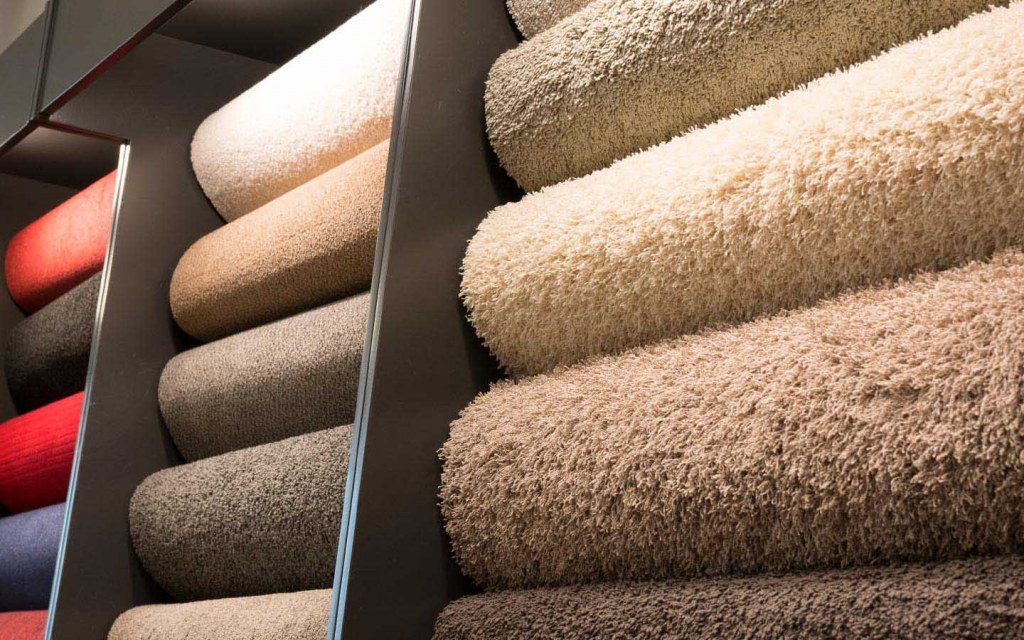
Wall-to-wall carpeting is another flooring option that many homeowners opt for, especially if they want to bring a cosy appeal to their interior. While the flooring option is generally laid on top of concrete, tile, or any of the other floor materials, it is considered among the popular flooring types, in its own right. Some of its benefits and drawbacks are:
Pros
- Versatility and choice of colours, styles, and textures
- Sound dampening effect
- Better insulation
- Easy everyday maintenance
Cons
- Easily stained
- Susceptible to water damage
- Not a pet or kid-friendly alternative
- Can aggravate respiratory illnesses and allergies
- Getting it cleaned by professionals can be costly
Ceramic Tiles
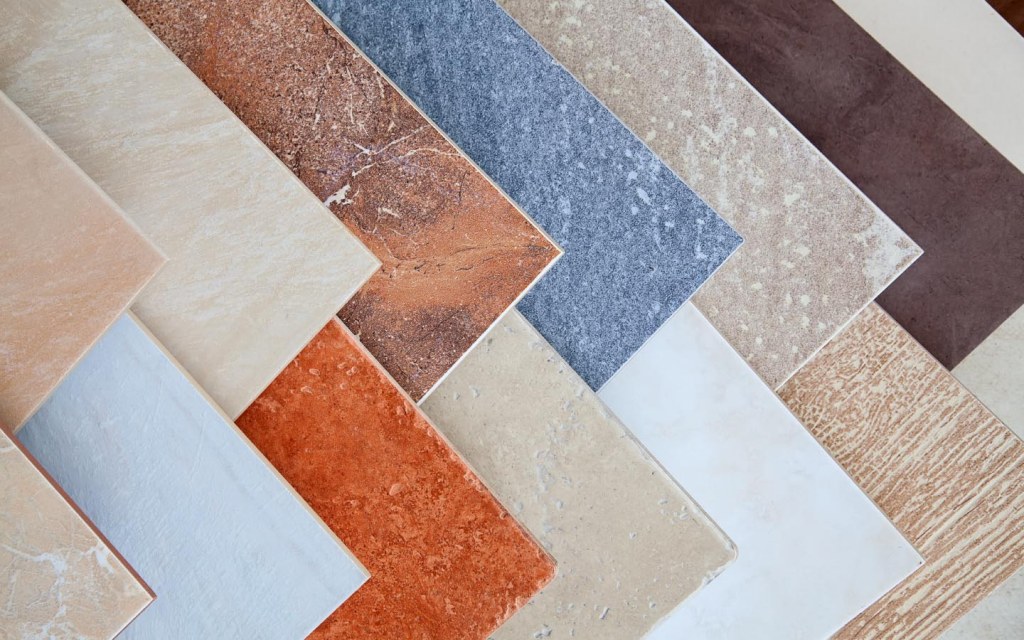
Made of natural materials like sand, clay, and water, ceramic tiles are commonly used as flooring in Pakistan since they remain cool throughout the year and keep the home cooler in the country’s sweltering summers. They’re available in both matte as well as glossy finishes, and while some people carpet their entire homes, others choose ceramic or porcelain tiles for their kitchens, bathrooms, and outdoor patios or balconies. Here’s how you can determine whether tiles are right for your particular needs:
Pros
- Minimal to no maintenance required
- Easy to clean with a mop
- Remain cool throughout the year
- Highly durable
- Resistant to damage
Cons
- Not the ideal flooring for colder regions
- Designs can fade over time
- Slippery surface that is not ideal for children or the elderly
- Not ideal for areas requiring prolonged standing
Marble
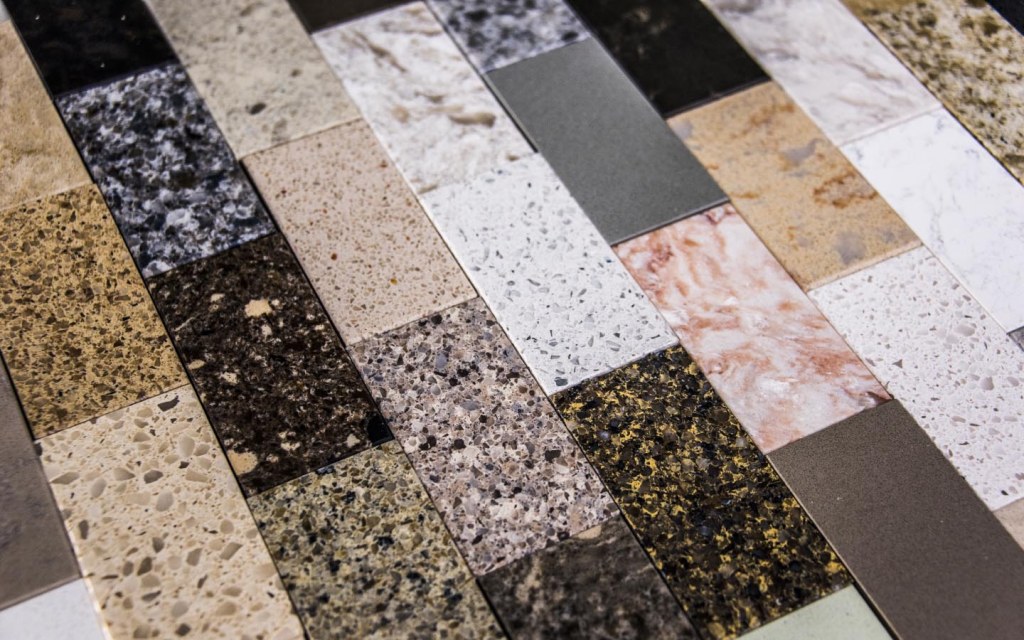
Natural stones like concrete, marble, and granite, are other flooring materials that you can consider for your house or apartment. There are many different types of marble flooring available in Pakistan and their rates differ accordingly. However, when we talk about the pros and cons of flooring types, here are some things to consider before opting for marble and its counterparts for your flooring needs:
Pros
- Extremely durable
- Cost-effective over the years
- Offers a smooth and glossy finish
Cons
- High maintenance option
- Porous surface that is easily stained
- Prone to scratches
- Must be resealed regularly
- Can be extremely expensive
- Slippery surface
- Lack of uniformity as no two tiles have the same natural patterns
- Not recommended for constructions having poor weight-bearing capacity
Vinyl
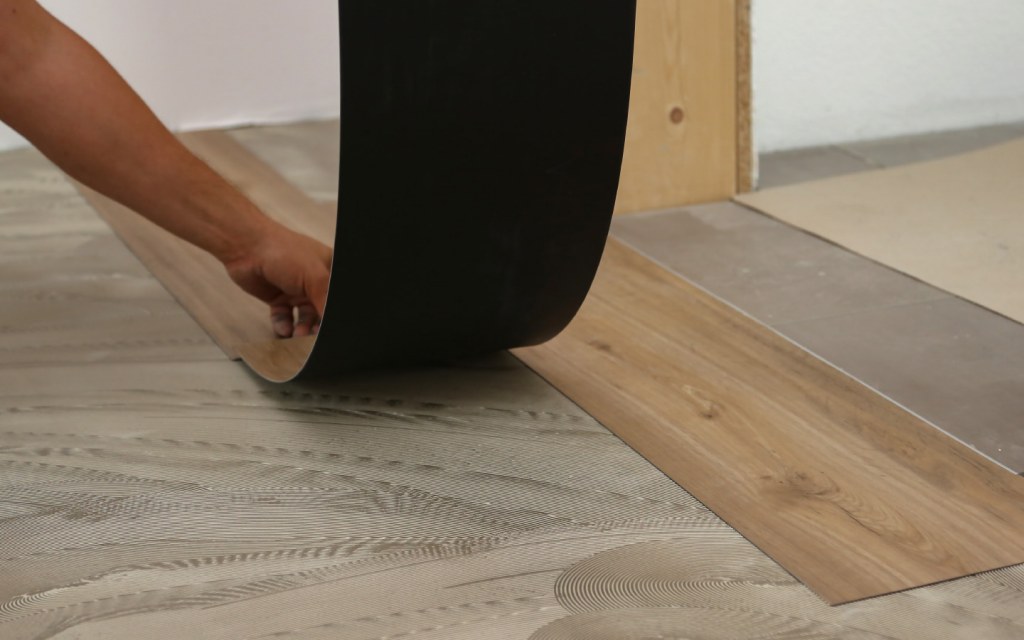
Vinyl flooring is similar to linoleum in many ways, with slight differences in their manufacturing process. Both varieties have been installed in homes for years and offer a range of options at affordable rates. However, vinyl, in particular, comes with the following pros and cons:
Pros
- Very affordable flooring material
- Resistant to water damage and stains
- Durable
- Easy to install as a DIY project
- Variety of styles to choose from
- Easy to clean
- Ideal for winter and cold regions
Cons
- Prone to tearing and peeling
- Adds no value to your home
- Can be toxic if burnt
- Not an environment or health-friendly alternative
- Repair requires reinstallation of the entire section
Laminate
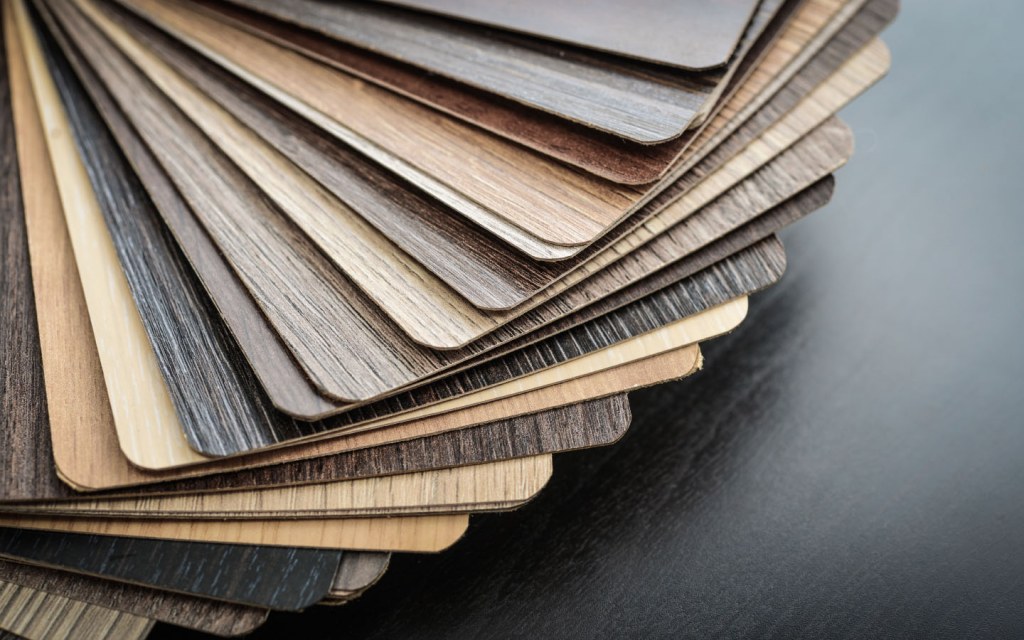
Laminate flooring is one of the cheapest and the most used in Pakistan, with its semblance to hardwood flooring giving off an elegant appeal. Thin sheets of laminate are available in any wooden pattern you deem fit for the interior of your home. Here are some more advantages and disadvantages of using laminate flooring:
Pros
- Easy installation
- Cheap flooring option
- Sheets fit together seamlessly
- Can be installed over existing flooring
- Easy to maintain
- Resistant to water
Cons
- Can suffer from water damage in case of flooding
- Does not offer the same resale value as hardwood flooring
- Must be replaced entirely after wear and tear
- Can be toxic and irritable for people with allergies
These are some pros and cons of different types of flooring in Pakistan. Consider the benefits and drawbacks mentioned above in accordance with your construction requirements and building codes before you make your decision.
Drop us an email at blog@zameen.com if you have any questions. Keep reading Zameen Blog for more advice on how to construct your house with respect to individual features.



